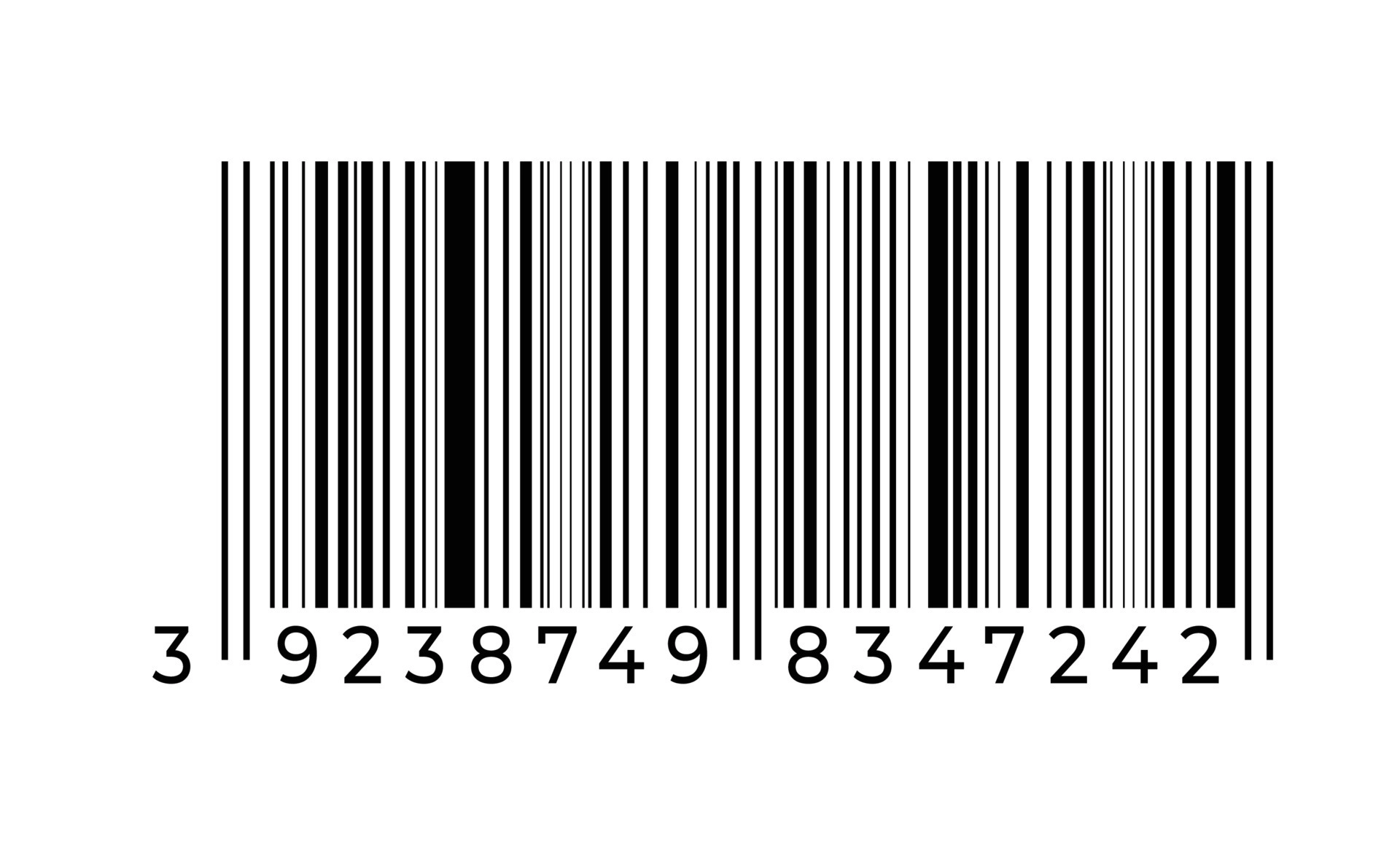Barcode is a machine-readable code printed on a tag attached to an item, with patterns of parallel lines of varying widths and spaces representing numbers and sometimes characters that are used for a variety of applications, including inventory control, retail pricing, and tracking. Barcodes have been used since the early 1970s and continue to be widely used today.
A barcode typically consists of four sections: the quiet zone, the start and stop codes, the data, and the checksum character. The quiet zone is an area without any printed or visual information that separates the barcode from the surrounding text or graphics, and signals the scanner to start reading the code. The start code is the first part of the barcode, and indicates to the scanner the type of barcode it is scanning. The stop code is the last part of the barcode and signals the end of the scanned code. Within these start and stop codes is the main data, which contains information such as the product’s serial number or product name. Finally, the checksum character is an algorithm used to check the accuracy of the code.
Barcodes are typically grouped into two main categories: Linear or 1D barcodes and 2D barcodes. Linear barcodes are the most common, and make use of horizontal lines, vertical lines, and spaces that contain the code’s information. Examples of linear barcodes include Code 39 and Code 128. 2D barcodes, also known as stacked barcodes, are composed of multiple linear barcodes arranged in a two-dimensional pattern that can hold much more data than linear barcodes. Examples of 2D barcodes include QR codes and DataMatrix.
Barcodes are widely used in a variety of industries, including manufacturing, retail, and healthcare. In manufacturing, barcodes are used to identify parts and components, helping to ensure that the correct parts are picked during the assembly process. In retail, barcodes allow stores to quickly scan and price products, saving time and money. In healthcare, barcodes are essential for tracking patient records and ensuring accurate billing, as well as recording medications and dosages to reduce errors.
Barcodes are also used in computer programming, where they can be used to interpret input data or used to track objects and data in applications. Examples of how barcodes can be used in programming include tracking items in an inventory system, keeping track of identity cards, and security badges, or even providing access to restricted areas.
Overall, barcodes are powerful tools with a multitude of uses ranging from retail to the healthcare industry and computer programming. With the growing demands of the modern world, barcodes are sure to play an ever-increasing role in our technology-driven world.






